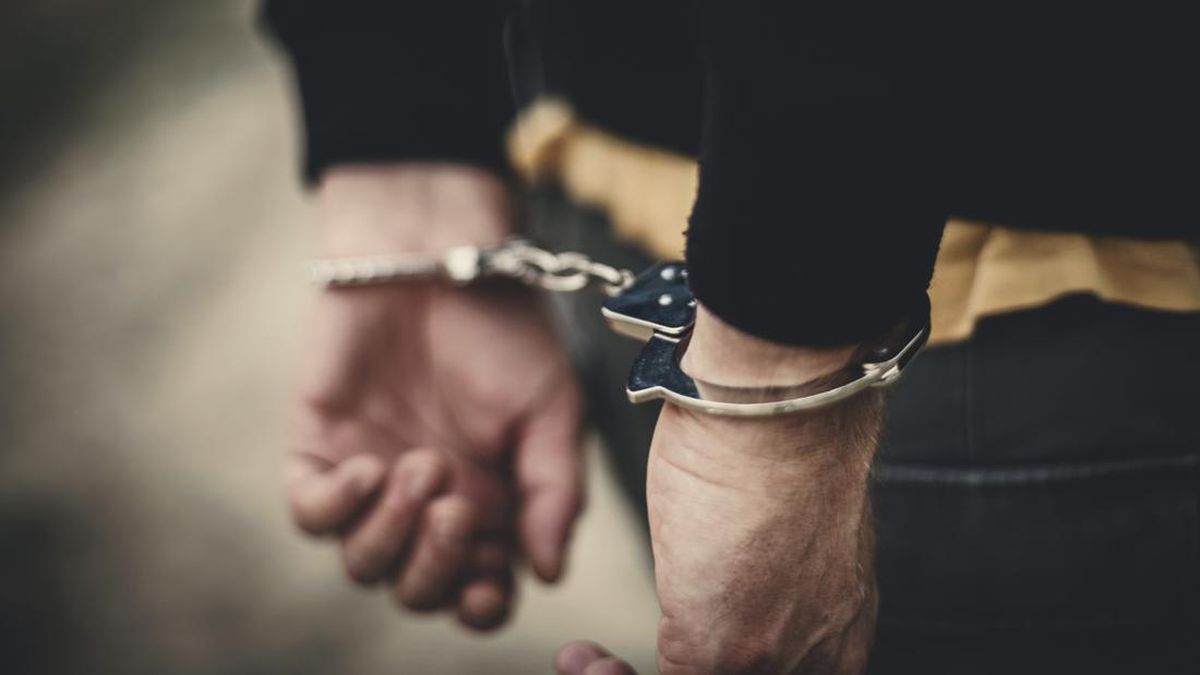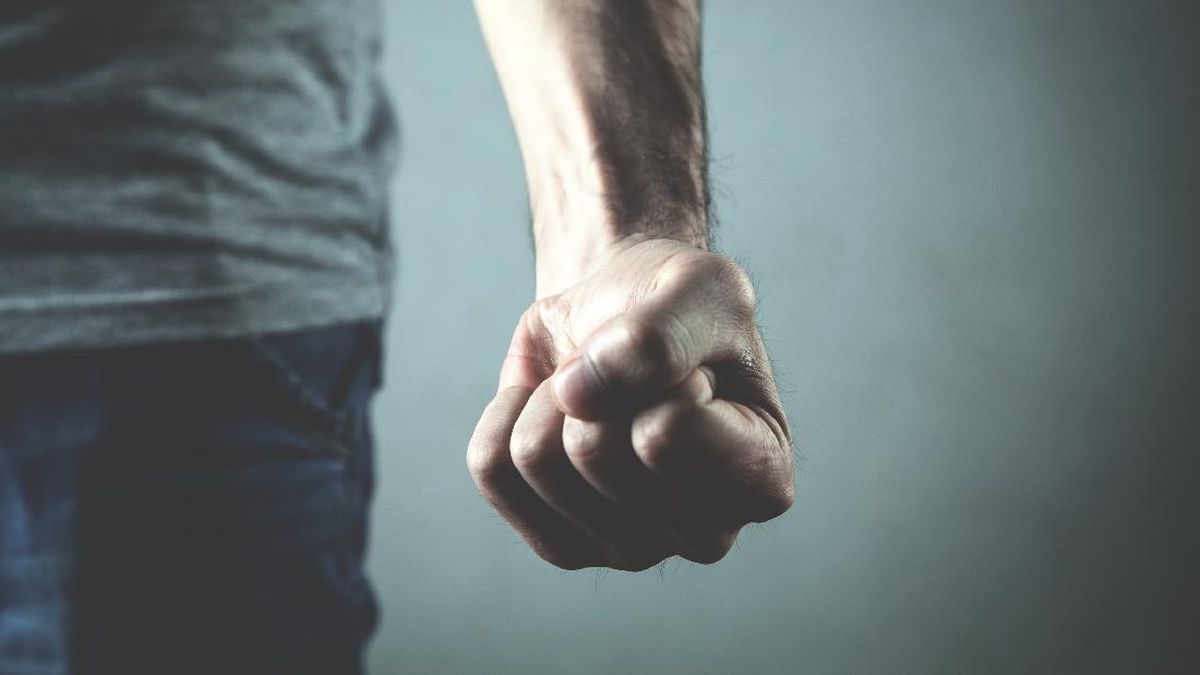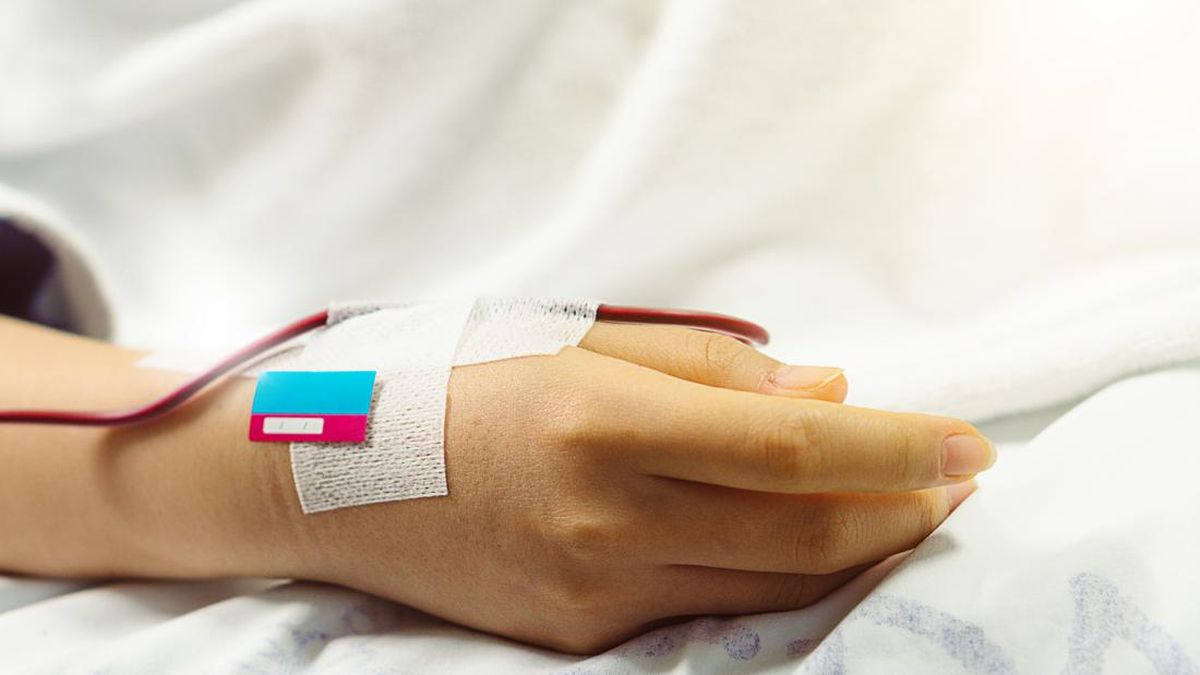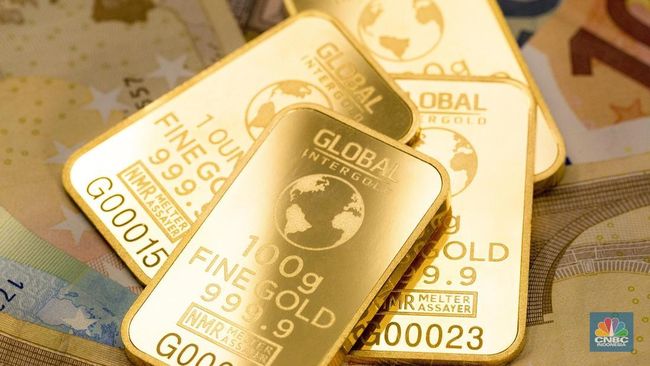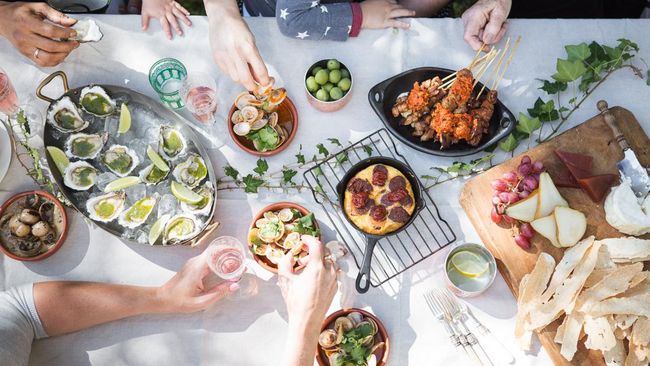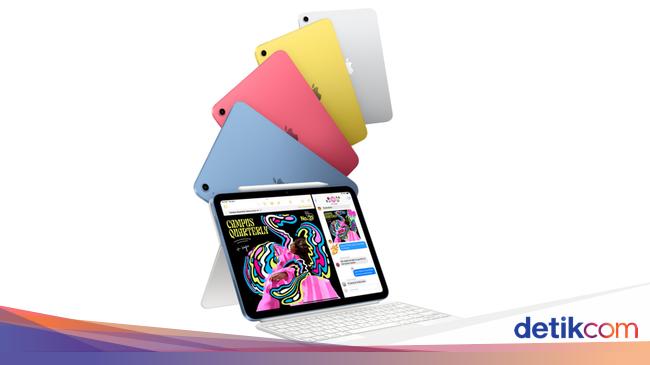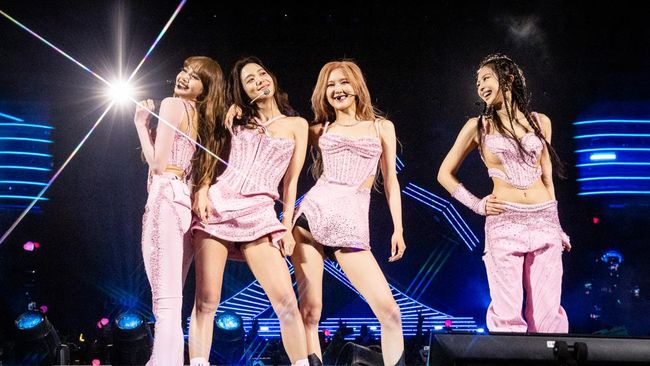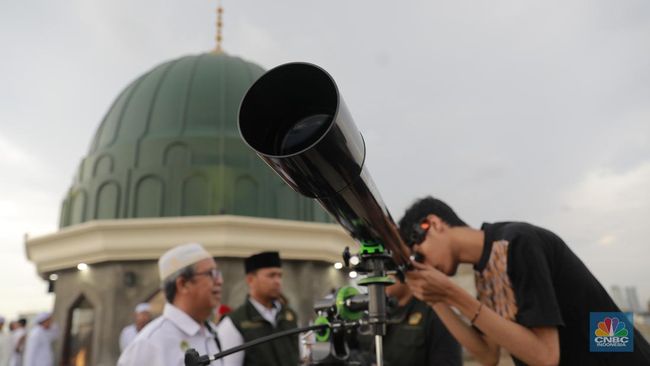Memorial Day weekend is here loudly proclaiming the start of summer.
For many people that means firing up the grill, filling up the pool or getting going on their gardens. For a lot of runners it means more daylight, weekends full of community 5Ks and maybe a quick break in hardcore training before starting the build for a fall marathon or another big race.
It's also a great time to shop. Like a lot of other products. Much of your favorite running gear is certain to be on sale this weekend.
As for me, last month, I ran the TCS London Marathon, then took a short break before a very tough RBC Brooklyn Half last weekend, I'm currently cooling my heels before a couple of 10K races next month, but the TCS New York City Marathon looms in November.
Both London and Brooklyn had me thinking about summer and summer weather. After months of training through snow, ice and sub-zero windchills, the temperatures in London passed the 70-degree mark with the sun beating down, something my body wasn't used to, and made for a tough race. I ran through every sprinkler, shoved ice down my bra, drank lots and lots of water and sports drinks and still managed to have an amazing run.
Last week in Brooklyn was a different story. it was crazy humid, making it feel much hotter than the mercury indicated. It was tough to breathe at times. My time and my body suffered, but I managed to finish. Other runners didn't.
Whatever your goals are, the right gear is going to be essential as the weather heats up. Lighter clothes that will protect you from the sun will be a must, but you also need to start thinking more about hydration and nutrition, especially for those long runs. Most of all, if you start to feel unwell, play it safe and slow down or even stop if you need to.
Here's a look at some of my favorite running gear for spring and summer.
It's a fact: Runners love socks.
FeeturesRunners love socks
Runners don't cut corners when it comes to socks. They can make the difference between finishing a race happy and limping to the end with bloody feet.
Whether it be for the biggest races of the year or just a jog around the block, many of the runners on my team almost always reach for Feetures, as do I. For about $18 a pair, Feetures' colorful and long-lasting socks are my go-to for training and racing. Specifically, the "Elite" versions of the socks offer targeted compression that helps protect and support your feet as you run without feeling too heavy.
But if it's cold and wet outside, or if you're like me and prone to stepping in spring mud puddles, you might want to stick with wool socks for a little longer. While you might associate Smartwool and its socks with winter, their summer versions are great, too.
This time of year I'm a big fan of their Run Low Ankle Socks. You just can't beat these when it comes to keeping your feet dry in any temperature. These got me throigh a 9-mile run up the Las Vegas Strip last August. Starting at $19, they're worth the money. Like the other Smartwool products I've used, they've managed to survive several wash cycles without shrinking the way wool socks can be prone to do.
These are just a few pairs of the running shoes I've tried recently.
Bree Fowler/CNETFor great shoes, leave it to the professionals
I've tried on countless running shoes from many of the top brands. With London now behind me, I'm in the market for something new that's light, springy and offers the speed I want for races shorter than a half marathon, when I don't need as much support or comfort. Like Goldilocks, I'm looking for a pair that's just right.
So what did I end up wearing for London? After much debate, I went with my trusty pair of the Brooks Glycerin 22. No, they're not designed for speed, but they are some of the most comfortable running shoes I've ever worn. I ran last year's TCS New York City Marathon in pair of running shoes with carbon plates. They were fancier, faster and more expensive, but my feet were really hurting at the end of that race.
For London, I wanted comfort, and that's what the Glycerines gave me. At the end of the race, my feet were swollen but not screaming ,and I still had all of my toenails the next day. And while I subsequently retired them after the race, I did wear them to walk countless miles as my family and I explored the streets of London and Paris for the next week.
All of that aside, comfort isn't as big of a deal for me with shorter distances so I'm going to be testing out some super shoes ahead of my June 10K races. I'm shooting for a new personal record and am going to need something zippy on my feet to do that.
But when you get down to it, the best shoe for you will depend on your feet and needs. A size 9 in one brand may fit entirely differently than in another. Shoes that your best friend, or even a world-class marathoner, thinks are amazing may feel torturous for you to walk in. Well-fitting shoes can make the difference between having happy feet at the end of a race or one of those dreaded black toenails.
If you're shopping for yourself, head to your local running store and get expert advice. The fitting technology used by many stores has come a long way. In 2023, I got an up-close look at the system used by Fleet Feet, a national chain of running stores. It uses artificial intelligence to compare a 3D scan of your feet to those of millions of other customers, along with the store's inventory. Combine that tech with suggestions from a store employee, and you're bound to walk away with a pair of shoes you love.
Kanes are fun and comfortable.
KaneIf you're looking for gifts for your favorite runner, I've got a better idea than running shoes.
Even if you wear the right sneakers, your feet will take a beating over 26.2 miles. The first thing I do after I cross any finish line is slip on a pair of Kane recovery shoes. Yes, they look a lot like Crocs, and starting at $80 a pair, they're a lot more expensive, but I think they're well worth the money, and they've earned a permanent spot in my post-race bag.
After last fall's TCS New York City Marathon, they gave my screaming and swollen feet the post-race room they needed to breathe while the little nodes of the relatively firm footbed massaged them as I made my way home from Central Park. The shoes slipped on and off easily, and thankfully, they didn't rub raw marks on my feet through the journey home. I took them all the way to London with me, too.
The shoes are available in a variety of fun colors and patterns, including licensed versions for alumni and fans of two dozen colleges and universities. Each pair also comes with a handy carabiner that you can use to clip them to the outside of a bag. And for those cold and wet days where a shoe with holes for breathability is less than appealing, the company has a new "all conditions" version that is enclosed and waterproof with a sewn-in thermal cuff designed to keep out the rain. These have served me well in muddy spring conditions.
Interestingly, Kanes have also become the footwear of choice for many of the kids on my 10-year-old son's travel hockey team. As a former ice hockey player myself, I know well how much your feet can swell inside tightly laced skates during a game. Comfortable but supportive footwear that comes on and off easily is the best thing to wear to and from the rink. The kids love the fun designs and colors, too.
Light bright
While we're getting more daylight here in the Northeast, somehow I still end up running in the dark. Lights and reflective gear remain a must, both to make sure cars see you and that you see all those cracks in the sidewalk, including those unfortunately placed piles of dog poop.
I've got a few sets of lights, but my favorite remains the Tracer2 light-up vest from Noxgear. Its rechargeable LED lights flash in a rainbow of fun colors. They can be seen a quarter mile away and last up to 20 hours on a single charge.
At $70, though frequently on sale, it's not cheap, and I'd recommend adding on the optional Tracer Lamp ($40) that clips on the front. It's super bright and can be aimed down to help you spot cracks in the sidewalk and avoid blinding fellow runners who might try to look directly at you.
The vest, which includes reflective straps, fits me perfectly and doesn't slide around like a less expensive version I used previously that was made by another company.
My teammates would be upset if I didn't mention Noxgear's 39G wearable Bluetooth speaker ($100). It kicks out a surprising amount of sound for its size. Instead of using headphones or earbuds that could block the sound of an approaching car or another threat, you can use the speaker to listen to your tunes while staying aware of what's going on around you.
Fashionable and functional
I grew up in Michigan, so it takes a lot for me to get cold. I ran last year's New York City Marathon in my team singlet and a trusty pair of compression shorts from Flipbelt, even though it was 38 degrees outside when I started the race. And I wore the same shorts in London. And if you're more about running tights, my best budget buy in that area remains the Flipbelt Air Mid-Weight Leggings.
Flipbelt made its name by producing stretchy running belts designed to hold everything you might need for a long run. Its shorts and leggings build in that same storage. They offer enough space to keep your phone, keys, water flask and all the fuel and snacks you need to get through a long race with room to spare and without making you feel weighed down.
I recently found out that they're exceptionally durable, too. On a recent run, I tripped and landed hard on the sidewalk. I was OK but skinned and bruised the palms of both of my hands and my knees. But my favorite leggings didn't tear and I'm pretty sure that the damage to my knees would have been much worse if I hadn't been wearing them.
If you're willing to spend and are looking for performance, you might want to consider 2XU's Light Speed React High-Rise Compression Tights ($160). These super-thin, though admittedly, plastic-feeling tights are a battle to get on, but they make you feel like Catwoman once you succeed. There are different compression sections, designed to improve your performance as well as help your muscles recover faster. Though they don't offer Flipbelt's storage level, there are pockets for your phone and other small items.
I think the most important clothing item this time of year is a solid jacket that gives you the freedom of movement you need to run and that has a hood you can pull up as needed. Bonus points if it'll protect you when it suddenly starts raining buckets. For those exceptionally bad weather conditions, my new favorite layer is the Brooks High Point Waterproof Jacket 2.0 ($215). This jacket is lightweight, breathable and fits me perfectly. It packs up small and, most importantly, kept me dry on a rainy run.
For breathable and dry, but chilly spring runs, two of my favorite top layers are actually holdovers from winter. North Face's Summit Series FutureFleece Full-Zip Hoodie ($170) is a thin, hoodielike layer with a little bit of fleece on the inside. It kept me warm in below-freezing temperatures when paired with one of the company's thermal base layers, but now I'm wearing it over tank tops.
And I love Oiselle's Essential Full Bird Zip ($98), which is made from a supercozy material and comes in a beautiful eggplant color. I also layered this over thermals during the winter. Now, it's what I grab when I need an extra layer after running.
Oiselle makes one of my favorite tanks, too. like the jacket, the LIght Lux Boxy Tank ($54) is super soft and stretchy. I wore one during some of my hotter, longer training runs ahead of London. It kept me cool and didn't cause any nasty chafing like other tops I've tried. It's going to get a lot of use this summer.
The Adidas Dunamis Evo have wraparound lenses and are lightweight.
AdidasShades for every budget
Now that the winter weather is starting to retreat, it's time to plan for sunnier runs. I've recently become a fan of the reflective, wraparound style of shades, despite the fact that they kind of make me look like a Stormtrooper.
If you're on a budget, Tifosi Optics makes a variety of running sunglasses that range between $25 and $80. I particularly like the Vogel SL model ($40), which features wraparound reflective lenses and comes in a variety of colors. They're lightweight yet durable and manage to stay put on my nose when I run.
A slightly more expensive, but more compact, offering is Knockaround's Kinetics ($70). These are one of my new favorite pairs for running and what I chose to wear during the NYC Half (though they didn't get much use due to the fog and clouds). Their rubber nose pads are very comfortable but keep them firmly in place, and I like how the superclear lenses aren't huge but do cover my entire field of vision, almost like swim goggles, thanks to their close-to-face design.
And if you're looking to go upscale and look very cool doing it, the new versions of the Adidas Dunamis Evo and Evo S are great. They feature a similar style but with crystal-clear, reflective, wraparound lenses that are light as a feather and will make you feel like a professional athlete. What I like most about them is how well they're vented. Even on super-cold days when I pulled a neck gaiter up over my nose, they didn't fog up like other pairs I have did.
I've liked past versions of the Dunamis glasses but also found them just too big for my face. The new Evo S style is a bit smaller and fits my face perfectly. After much debate, they were the pair I chose for London and they worked out great.
Other great gear
More sun and warmth means you need more hydration. For long runs, a hydration vest with a refillable bladder is the way to go. In addition to holding more than a liter of water, these vests offer tons of storage and can generally take the place of a running belt.
To train for London, I used the Nathan Pinnacle Pro 12-liter women's hydration race vest ($200). It's an investment, but it's worth it. Hydration packs that I've used in the past have leaked, were made out of material that made me sweat or worse, chafed and rubbed raw marks on me when I ran. Admittedly, it's still not that hot outside, but I've yet to experience those problems with this vest.
The women's version comes in different sizes. Consult the company's chart, and when in doubt, go for a bigger size. Assuming you get the right one, they're easy to put on and adjust to fit you just right -- they should hug your body when you run. They don't bounce around or chafe, even when the included 1.6-liter bladder is completely full. The vest is made of a soft material that keeps you cool and wicks away sweat. Best of all, you can throw it in the wash when you get home.
For shorter runs, I go with Nathan's Pinnacle soft insulated 18-ounce flask. It's a soft flask that's held in a fabric case. There's an adjustable strap that goes around your hand, so you don't really have to cling to it while you run. It's easy to squeeze and drink from. It doesn't leak, and you can throw it in the dishwasher.
Gels, chews and other kinds of running fuel are also worthwhile. I'm a fan of Skratch Labs energy chews. They taste less like chemicals and more like gummy bears. Some of my favorite products come from UnTapped, a maple syrup company based in -- you guessed it -- Vermont. Its coffee-spiked maple syrup athletic fuel gives me the zip I need without including chemicals I can't pronounce.
When I reach for a traditional gel, it's generally a Maurten. While other brands offer a Baskin-Robbins-like variety of flavors, Maurten comes in just one, which doesn't really taste like anything but isn't super sweet. It takes some getting used to, but I've found it to be easy on the tummy.

 3 months ago
65
3 months ago
65




